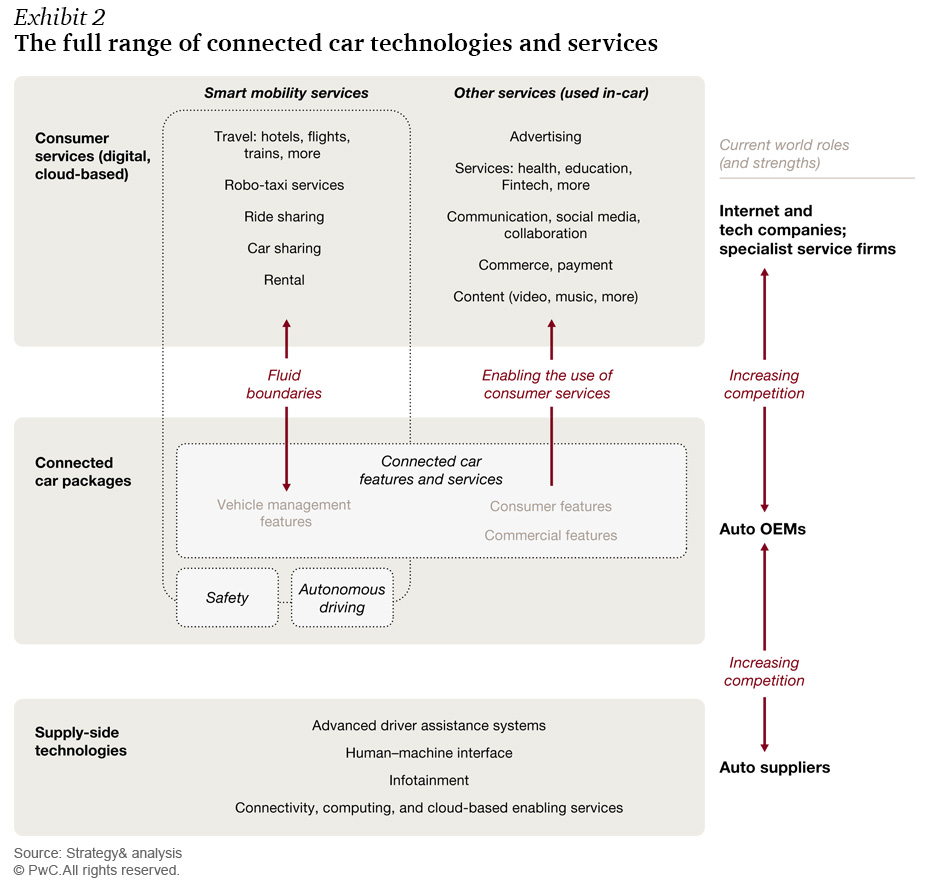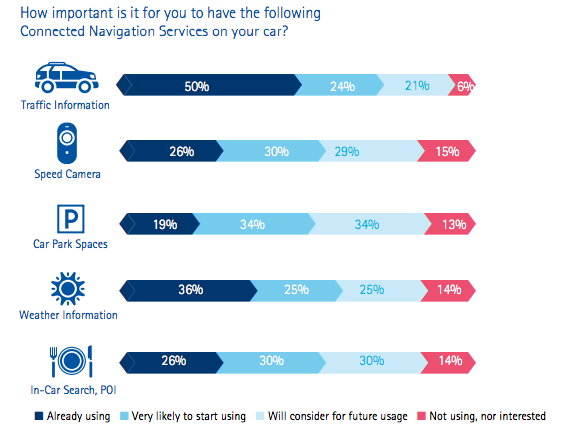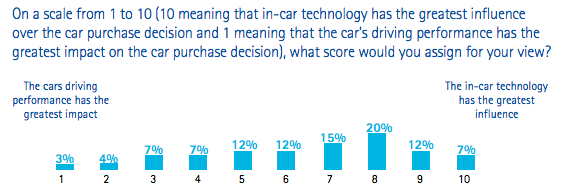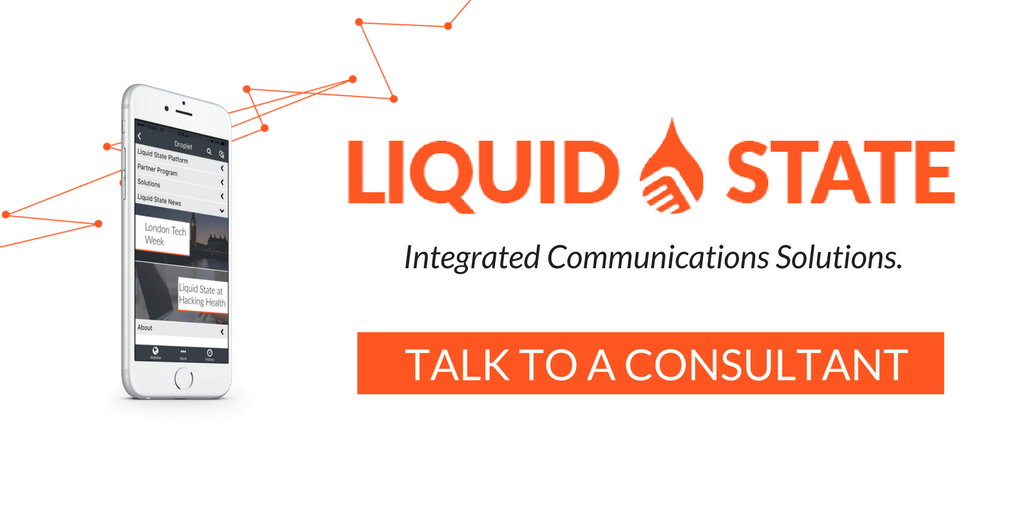Connected Cars: Revolutionising the Driving Experience

The automotive industry is on the verge of a digital revolution, with the race to build the fully connected car already underway. The convergence of vehicles, communications
Related Smart Cities, Smart Citizens, Smart Apps
Technological innovation continues to accelerate, particularly in regards to the quality of connectivity. According to The Economist Intelligent Unit, 2017 will be marked by new investment in connected car technology. Drivers are now accustomed to the increasing amount of digital technology not only in their lives but also in their cars. Where automotive digital technology traditionally focused on
The Connected Car
The connected car —a vehicle able to optimise its own operation and maintenance as well as the convenience and comfort of passengers using onboard sensors and Internet connectivity – McKinsey
The connected vehicle experience is about the end user and available services, rather than the product itself. As part of the Internet of Things (IoT), connected cars are connected to the online world, as well as devices, in order to help predict your needs and improve the driving experience. The connected car is often considered a smartphone on wheels as it uses Internet technology to power a variety of new in-vehicle services.
Today’s car has the computing power of 20 personal computers, features about 100 million lines of programming code, and processes up to 25 gigabytes of data an hour – McKinsey
Manufacturers are trying to meet consumer demands by integrating new technologies in cars that improve these 4 needs:
- Productivity/ Entertainment
- Safety
- Security
- Efficiency
Connected car features can range from general Internet services, entertainment

Source: PWC, Connected Car Report 2016
The rise of connected cars is opening up the car display ecosystem and providing the opportunity to publish content and deliver services directly to the consumer – creating a mash-up of automotive, publishing, entertainment, and mobile. More specifically,

Source: Accenture, Global Connected Vehicle Survey 2014
Demand for Connectivity
According to McKinsey, 13% of buyers are no longer prepared to even consider a new vehicle without Internet access, and more than 25% already

Source: Accenture, Global Connected Vehicle Survey 2014
During the next five years, the proportion of new vehicles equipped with this [new in-vehicle services] capability will increase dramatically, making connected cars a major element of the IoT – Gartner
McKinsey estimates that connected car market revenues will grow to
The connected car, together with connected media services, is capable of learning and predicting the user’s wants, needs and entertainment preferences – MaRS
In order to compete, the automotive industry needs to
What’s next…
There are many exciting opportunities on the horizon for
The drive to make more intelligent and connected cars requires a significant level of technology and adoption that has already begun to disrupt the industry. The potential for the connected cars lies in the collaboration between the automotive industry and technology and IoT vendors.
Due to the demands of connectivity and digital features, the industry now has to grapple with the integration of software platforms to bring all aforementioned benefits to market – MaRS
According to Transparency Market Research, the integrated connectivity solution segment is estimated to account for 50% of the connected car market by 2019. Platforms that can efficiently develop connected car applications, with integration tools to manage connectivity between internal and external systems, are essential for competing in the market and can help reduce development costs and associated risks.
Related Build vs. Buy: When to Choose Turnkey Solutions over Custom Software
Liquid State can empower
To find out more about Liquid State’s Connected Car Solutions, get in touch with us today.


